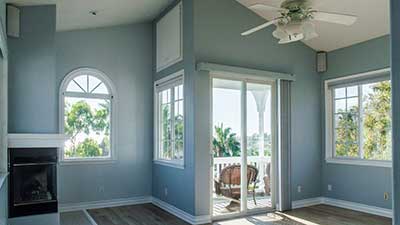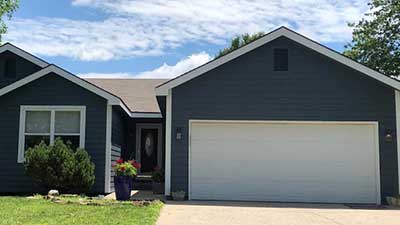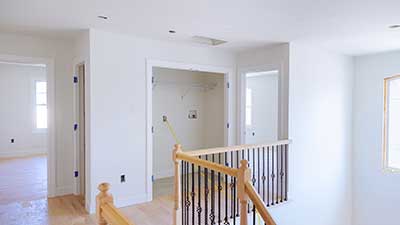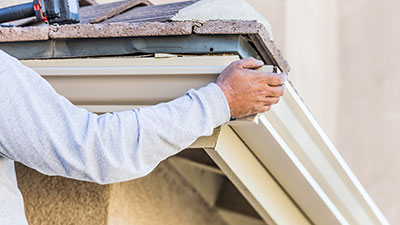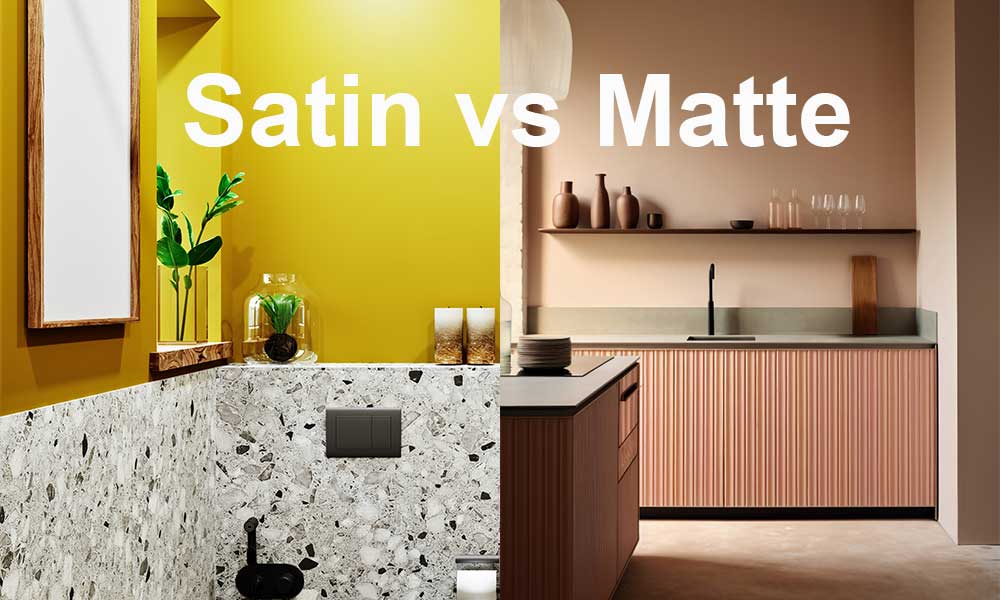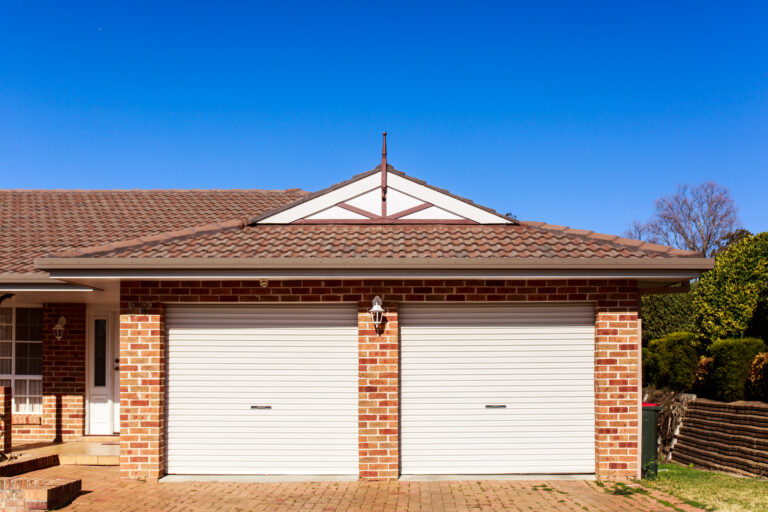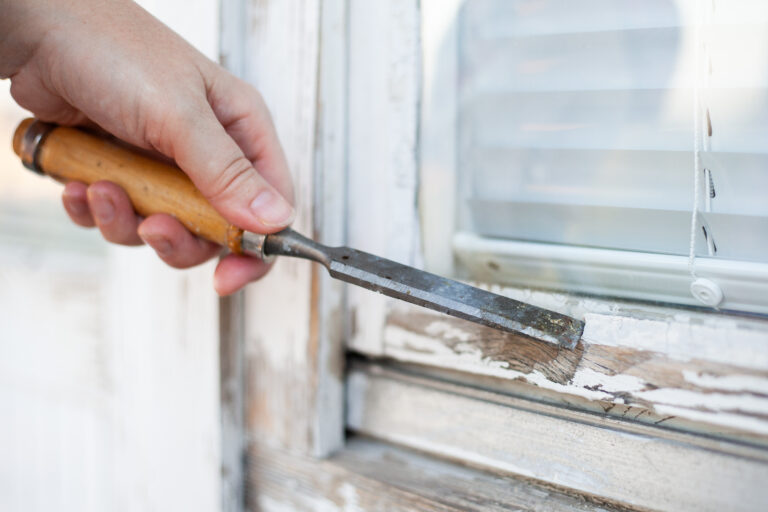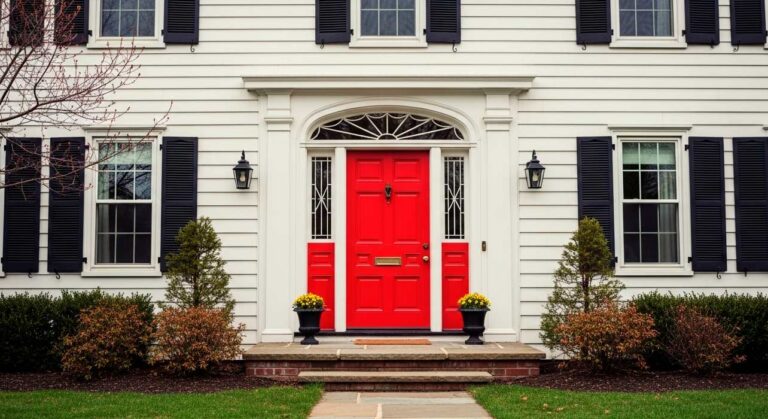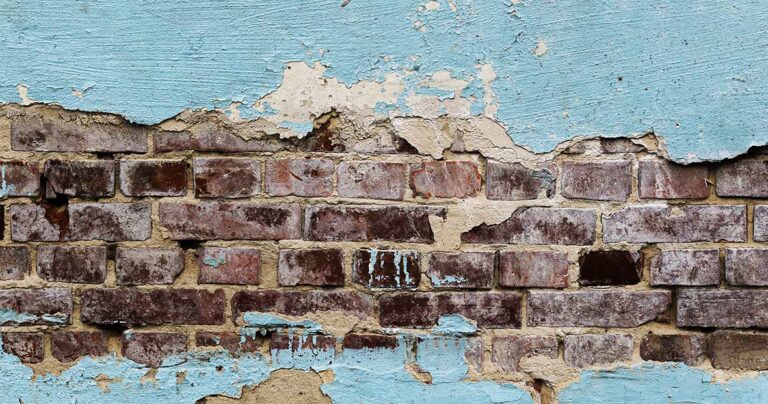When embarking on a painting project, the choice between satin and matte finishes can significantly impact the final appearance and durability of your painted surfaces. Satin and matte, though similar in their placement on the paint sheen scale, offer distinct characteristics that cater to different needs and preferences. This article delves into the nuances of satin vs matte, guiding you to make an informed decision for your next home improvement endeavor.
Key Takeaways
- A matte finish expertly hides wall imperfections in low-traffic areas like bedrooms.
- Satin paint finishes combine durability with aesthetic appeal for versatility throughout your home.
- Semi gloss finish works best for trim, doors, and high-moisture areas requiring easy cleaning.
- The perfect paint job matches sheen to function—satin for high traffic and matte for ambiance.
- When working with uneven walls, a matte finish minimizes flaws without extensive prep work.
- Our specialists can help you select the ideal satin paint finishes or matte finish for each room.
The Characteristics of Satin Paint
Definition and Properties: Satin paint, a popular choice for both interior and exterior projects, strikes a balance with its medium-level sheen. It’s glossier than eggshell but less so than semi-gloss, making it versatile for various applications. Satin’s slightly reflective surface provides a subtle sheen that enhances the depth and color of the paint.
Best Use Cases and Applications: Owing to its higher sheen level, satin paint is a durable option ideal for high-traffic areas such as kitchens, bathrooms, and hallways. Its moisture-resistant properties make it suitable for rooms exposed to humidity. Additionally, satin paint works well on doors, trim, and cabinets, where a balance between gloss and easy maintenance is desired.
The Qualities of Matte Paint
Overview and Gloss Level
Matte paint, characterized by its low gloss percentage, offers a flat and non-reflective finish. This quality makes it adept at hiding surface imperfections, lending a smooth and even look to walls and ceilings.
Ideal Situations for Matte Paint
Matte is particularly favored in low-traffic areas like bedrooms, dining rooms, and living rooms, where its aesthetic appeal can be appreciated without the concern of frequent touch-ups. Its ability to absorb light rather than reflect it makes matte paint a good candidate for spaces with less natural light, providing a cozy ambiance.
Satin vs Matte in Practice
Durability and Maintenance: Satin vs Matte
The choice between satin and matte often comes down to the specific environment and the desired aesthetic. Satin’s higher gloss level offers better durability and easier cleaning, making it more suitable for spaces that require regular maintenance. Satin finishes can be wiped down more frequently without showing wear, making them practical for households with children or pets.
Hiding Imperfections: Matte vs Satin
In contrast, matte’s flat finish excels in concealing blemishes and creating a sophisticated look, ideal for areas with less wear and tear. If your walls have any imperfections, a matte finish will be more forgiving and provide a smoother appearance without highlighting flaws.
How to Choose the Right Sheen for Your Room
Consider the room’s functionality, lighting conditions, and traffic levels when deciding between satin and matte. For high traffic areas or rooms prone to moisture, satin is often the preferred choice. Matte, on the other hand, is ideal for creating a serene and understated elegance in spaces like bedrooms and formal dining rooms.
Quick Tips
- Use satin for kitchens, bathrooms, and kids’ rooms
- Choose matte for cozy bedrooms and formal living rooms
- Go with satin for better moisture resistance
- Select matte for walls with imperfections
- Consider semi-gloss for trim and high-moisture areas
Advantages and Disadvantages of Satin Paint
Pros of Satin Finish
Satin paint’s primary advantage lies in its durability and ease of cleaning, making it a practical choice for busy households. Its subtle sheen adds depth to colors and enhances the overall aesthetic appeal of the space. Satin finishes are also moisture-resistant, adding to their suitability for bathrooms and kitchens.
Cons of Using Satin Paint
However, satin paint tends to highlight imperfections in the surface, requiring more preparation work before application. It can also be more challenging to touch up than flatter sheens and is generally more expensive per gallon compared to matte paint.
Pros and Cons of Matte Paint
Benefits of Opting for Matte
Matte paints are renowned for their ability to seamlessly conceal imperfections on surfaces, offering a sophisticated and smooth look. Their high pigment content ensures better coverage, making them an economical choice for large areas like walls and ceilings. Matte paint’s velvety appearance is particularly suitable for spaces where a calming and elegant ambiance is desired.
Limitations of Matte Finishes
The key drawback of matte paint is its lower durability, which makes it less suitable for high-traffic areas or spaces that require regular cleaning. Additionally, it’s less moisture-resistant than satin, so it’s not the best choice for bathrooms or kitchens where humidity and water splashes are common.
Satin vs Matte: Practical Applications and Room Suitability
When selecting between satin and matte finishes, consider the room’s function and desired ambiance. Satin, with its higher sheen, withstands frequent cleaning and wear, making it ideal for areas like children’s rooms, hallways, and spaces prone to moisture. Matte, with its less reflective quality, is perfect for creating an understated elegance in bedrooms, dining rooms, and living areas.
Incorporating Satin and Matte into Your Home Design
The integration of satin and matte finishes into your home should align with your design objectives. Satin can inject a hint of sophistication into high-use areas, while matte can establish a serene and refined atmosphere in private or low-traffic spaces. Experimenting with these finishes can also add depth and texture to your home’s overall design.
Maintaining Satin and Matte Finishes
Maintaining satin and matte finishes involves distinct care approaches. Satin is more resilient to cleaning and touch-ups, making it a practical choice for busy households. On the other hand, matte requires more cautious maintenance due to its vulnerability to scrubbing and less effective resistance to stains.
Choosing Between Satin and Matte for Different Surfaces
Selecting the right finish for various surfaces entails balancing aesthetics with functionality. Satin is a versatile option for walls, trim, and cabinets, offering a balance between a visually appealing sheen and practical durability. Matte, primarily used for walls and ceilings, is the go-to for creating a uniform, non-reflective surface that downplays imperfections.
Design Tips for Using Satin and Matte Paints
- Room Lighting: Consider the natural and artificial lighting in your space. Satin can brighten up a dim room by reflecting light, while matte can soften the ambiance in a well-lit area.
- Color Selection: Darker colors in matte can add depth and drama to a room, whereas lighter colors in satin can make a space feel more open and airy.
- Combining Finishes: Don’t be afraid to mix satin and matte in the same room for contrast. For example, use satin on trim and doors and matte on walls.
Environmental Considerations and Sustainability
When choosing paint finishes, it’s also worth considering their environmental impact. Look for low-VOC (Volatile Organic Compounds) options in both satin and matte finishes to ensure healthier indoor air quality.
FAQs
Are matte or satin paints better for furniture?
Satin, generally more durable and easier to clean, is usually recommended for furniture.
Is matte finish easy to clean?
Matte finishes are less easy to clean and maintain compared to glossier finishes and are best for areas that don’t require frequent cleaning.
Should interior paint have a matte or glossy paint finish?
The choice between matte and glossy paint finishes depends on the room’s usage, lighting, and desired aesthetic. Matte is great for a sophisticated look in low-traffic areas, while glossy finishes like satin are better for high-traffic spaces.
Is satin or matte more suitable for bedrooms?
Matte is often preferred for bedrooms due to its ability to create a tranquil atmosphere and hide imperfections on walls.
Flat Paint vs. Matte and Satin Paint: What’s the Difference?
Flat paint offers the least reflection of light, providing a completely non-glossy, matte finish. Matte paint has a low sheen compared to satin, which offers a higher sheen and reflects more light.
How Does Satin Paint Reflect Light on Interior Walls?
Satin paint reflects a moderate amount of light, giving interior walls a subtle glow and a smooth feel, which can make spaces appear brighter and more vibrant.
Choosing Wall Paint: When to Opt for High Gloss?
High gloss paint is best used in areas that require easy cleaning and high durability, such as kitchens and bathrooms, or on surfaces like trim and moldings.
Understanding Paint Sheens: Why Choose Matte or Satin for your Interior Spaces Paint Job?
For interior walls, the choice between matte and satin sheens depends on the balance between aesthetic preference and practicality, with matte being ideal for hiding imperfections and satin offering easier cleaning and durability.






